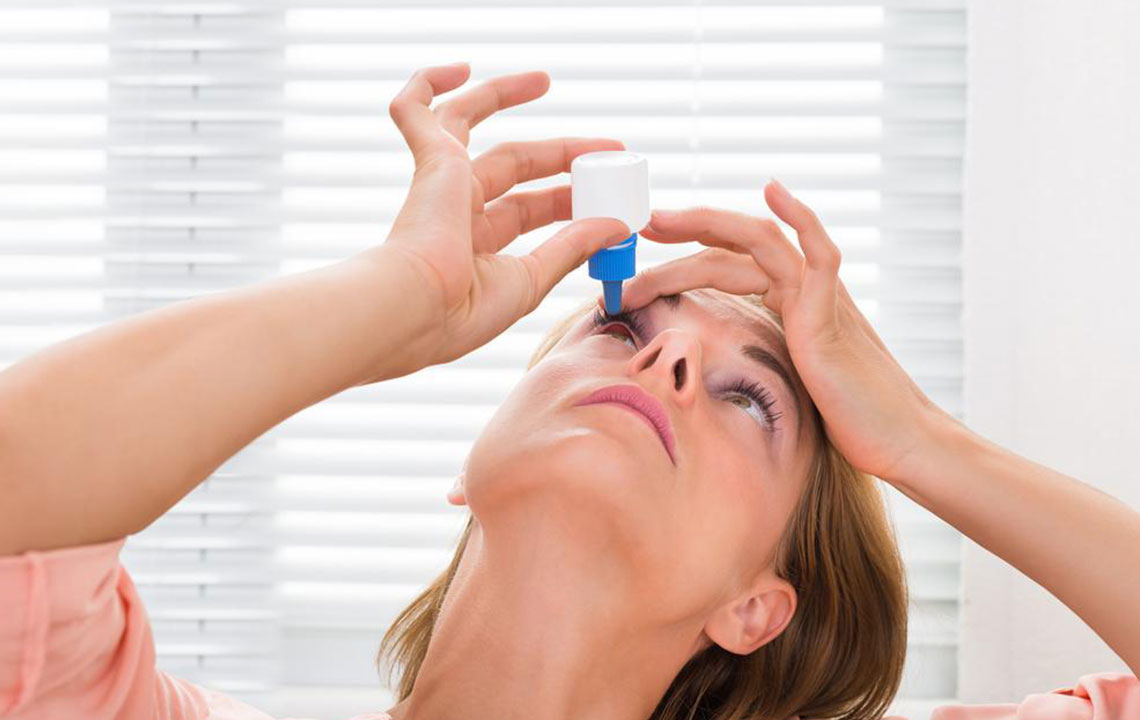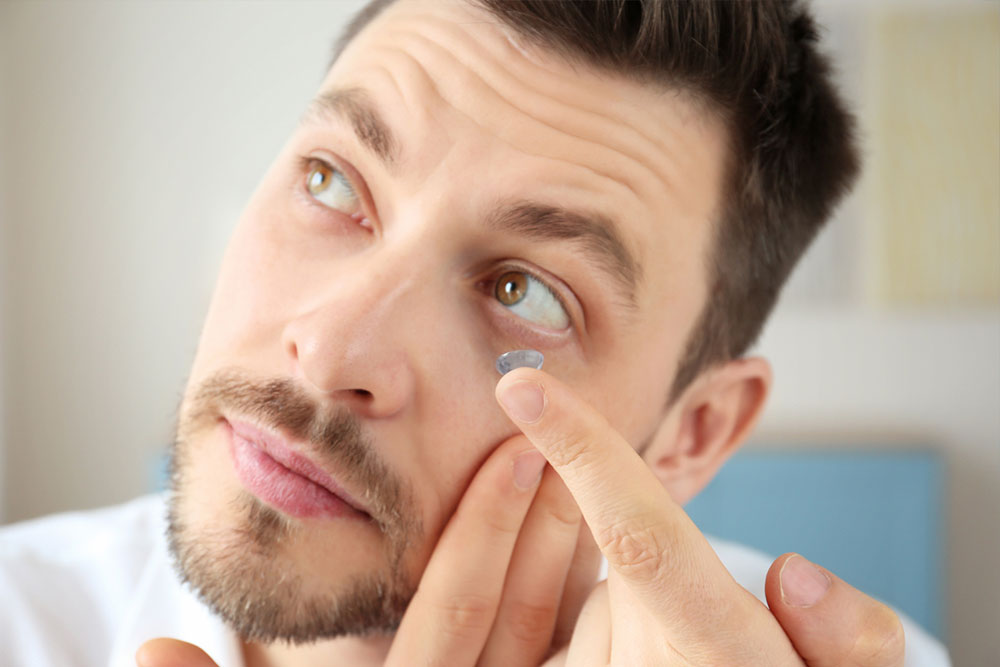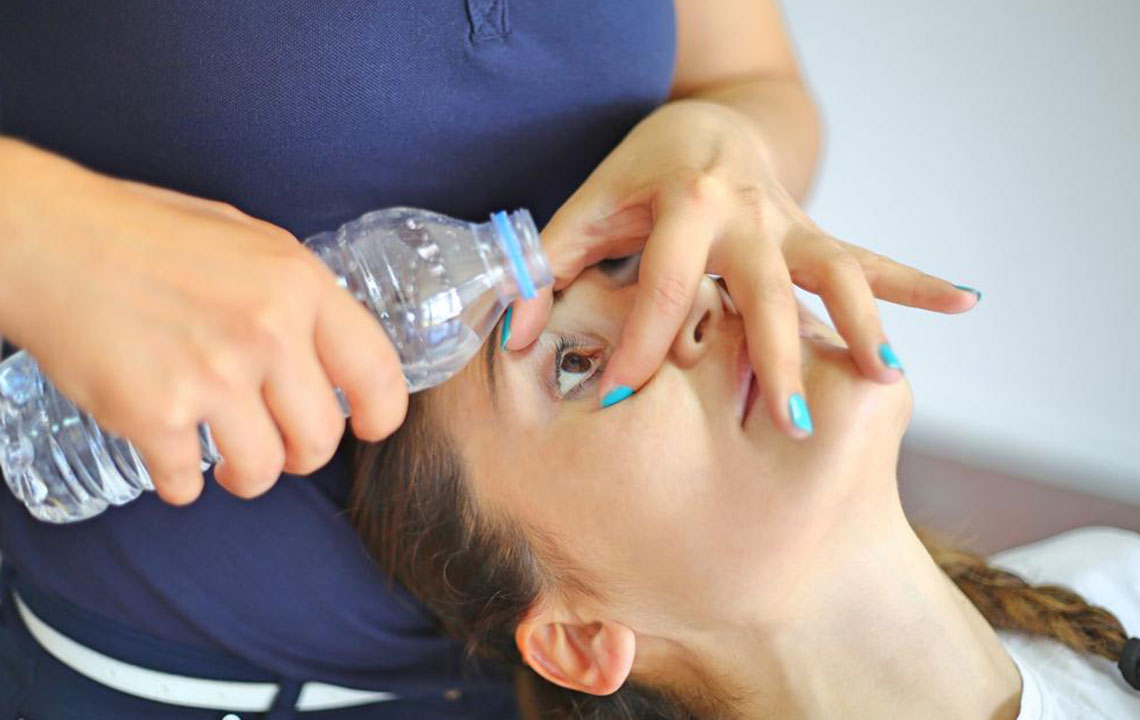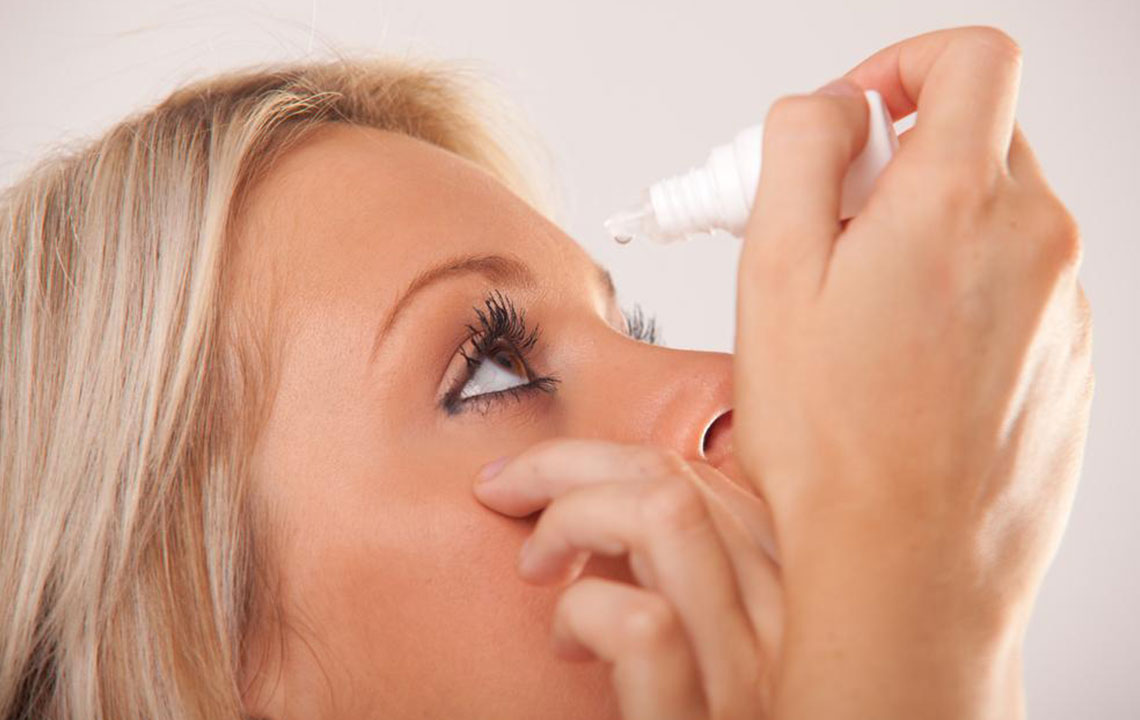Optimal Contact Lens Choices for Dry Eye Relief
Discover effective strategies and suitable contact lens options to manage dry eye syndrome. Learn about lens materials, maintenance tips, and treatments to enhance comfort while wearing contacts. Consult professionals for personalized solutions and improve your eye health today.
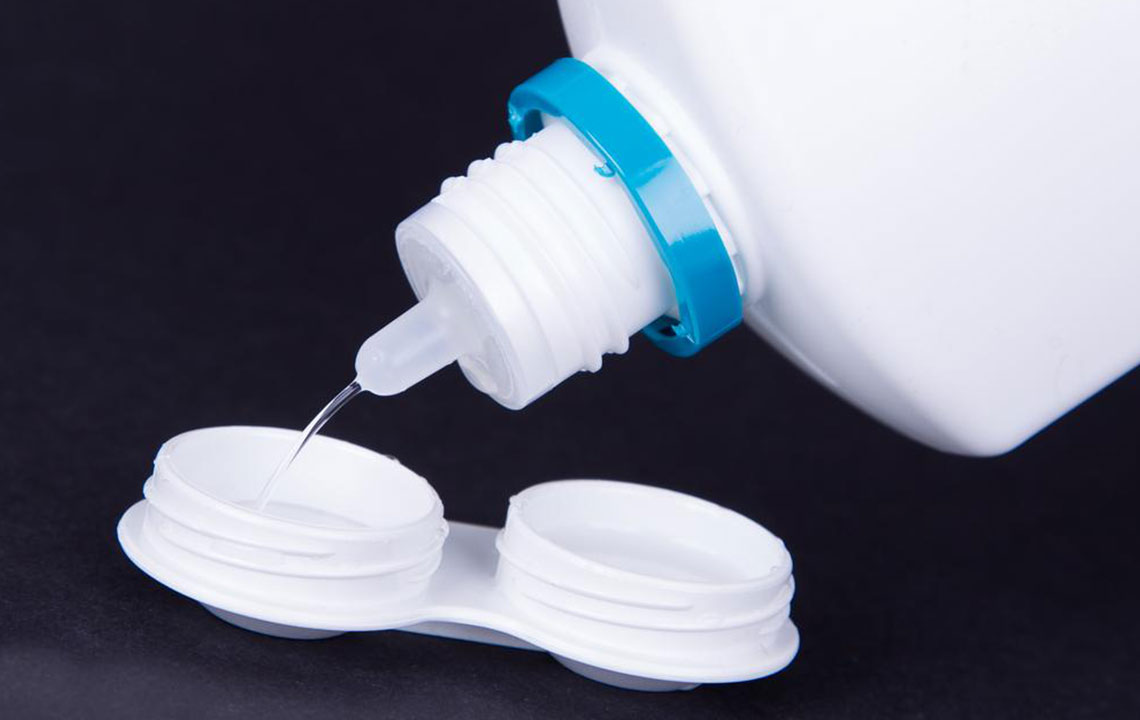
Optimal Contact Lens Choices for Dry Eye Relief
Many individuals prefer contact lenses over glasses for their convenience. However, dry eyes are a common challenge faced by contact lens wearers, often worsened by dry eye syndrome. This condition affects both contact users and non-users but can be particularly problematic for those wearing lenses. Fortunately, there are effective strategies to alleviate dry eye symptoms while wearing contacts. Keep reading to discover the best options to maintain eye comfort.
Understanding Dry Eye Syndrome
This occurs when tear production is insufficient to adequately lubricate the eyes, leading to dryness, irritation, and sometimes inflammation. Severe cases may cause scarring of the eye’s front surface. Approximately 48% of adults experience some form of dry eye.
This condition can be caused by damage to tear glands, trauma to the eyes or surrounding skin, hormonal fluctuations, or prolonged contact lens wear. Treatment often involves lubricating eye drops, behavioral adjustments, or avoiding medications that dry out the eyes. In severe cases, procedures like tear drainage blockage might be recommended.
Choosing suitable contact lenses involves considering materials and maintenance routines. Options that can help reduce dryness include:
Soft lenses - Made from oxygen-permeable plastics, they allow better airflow and are suitable for dry eye sufferers. Switching from hard to soft lenses can significantly improve comfort.
Water content awareness - Lenses with higher moisture levels may initially feel better but tend to dry quickly, pulling moisture from your eyes. Opt for lenses with moderate or lower water content for prolonged comfort.
Silicone hydrogel lenses - These lenses allow maximum oxygen flow with less retained moisture, making them ideal for dry eyes despite a slightly higher cost.
Disposable lenses - Frequently replacing lenses or using specific water-attracting disposables can keep eyes hydrated and reduce dryness.
Scleral lenses - Larger than standard contacts, these cover more of the eye, including the sclera, and are often gas-permeable, improving oxygen flow to the eyes.
Lens solutions - Switching to preservative-free or compatible solutions may prevent irritation caused by certain preservatives or incompatibilities.
Additional tips include proper lens hygiene, avoiding extended wear, moisturizing your eyes before insertion, and using hydrating eye drops. If symptoms persist, consult your eye care provider, who may suggest pausing contact use temporarily.
With the proper choice of lenses and care routines, contact lens wearers can manage dry eye symptoms effectively. Always seek professional advice to find the best solution tailored to your needs.

